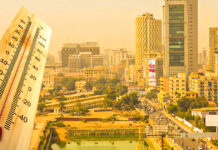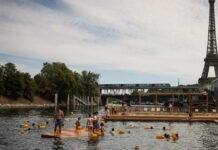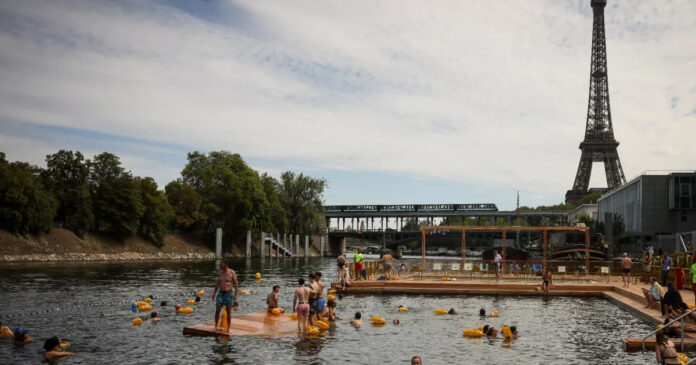Paris opened the River Seine to swimmers for the first time in over a century. On 5th July, officials lifted the swimming ban from 1923. They designated three safe zones near the Eiffel Tower, Notre-Dame, and Bercy. Lifeguards guard the areas. They monitor water quality every day.
Why was the River Seine Banned?
Cities prohibited swimming in the Seine in 1923. They complained of excessive pollution and navigation hazards. Sewage and factory waste rendered the river unhealthy. Boats and currents increased the hazard. Public health professionals were afraid of infection and accidents.
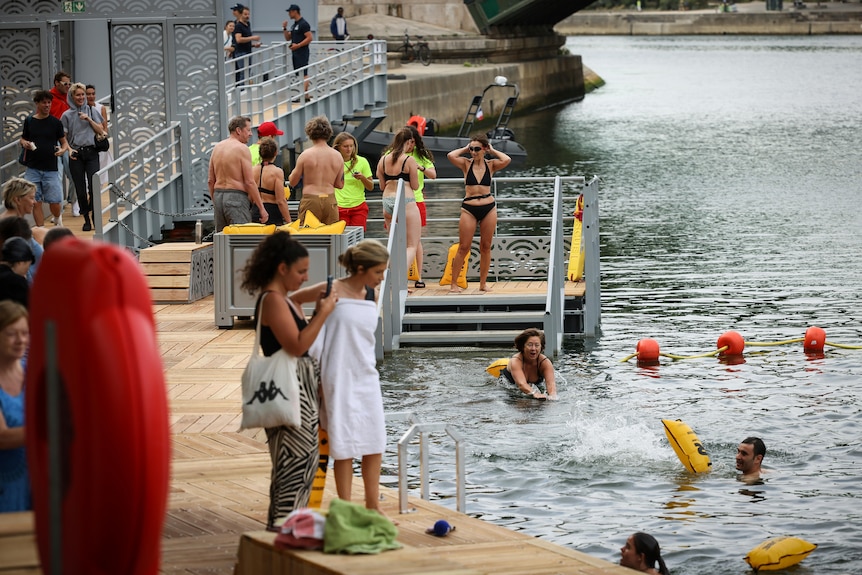
A €1.4 Billion Cleanup
Paris spent €1.4 billion to restore the Seine. They improved sewage pipes and treatment facilities. They installed gargantuan storage tanks to catch overflow in downpours. The 2024 Olympics gave the push. Authorities constructed new sewage connections for houses and houseboats.
The plan traces back to then-mayor Jacques Chirac in 1988. He vowed to reopen the Seine by 1994. But it wasn’t until Paris was awarded the 2024 Olympics that success followed. The Games sped cleanup and testing. The triathlon included a swim in the Seine. Several athletes later got ill. But officials contend it showed the water could be safe with oversight.
The First Swimmers
On the first day, about 3,000 plunged in. Several shouted and said the water was warm. Lifeguards provided swimmers with yellow float belts. Tourists and Parisians splashed in the city and cooled off during the record-breaking heat of summer.
Official test water daily. Rain or boat pollution might shut areas down. They guarantee closures during heavy rain. Some residents are still wary. They cite residual trash, cloudy water, and periodic spikes in bacteria. They will only relent when they see water consistently clean.
A Cultural Revival
Swimming in the Seine dates back to the 17th century. Parisians took their early baths nude, later in drifting pools. The Deligny pool functioned until 1993. Swim enthusiasts now anticipate tradition and city life to converge once again.
Mayor Hidalgo connects this with climate response. She says that rivers will cool cities. She jumped into the Seine in 2024 to make a point. Now she is inviting everyone in. The action addresses heat and creates public space.
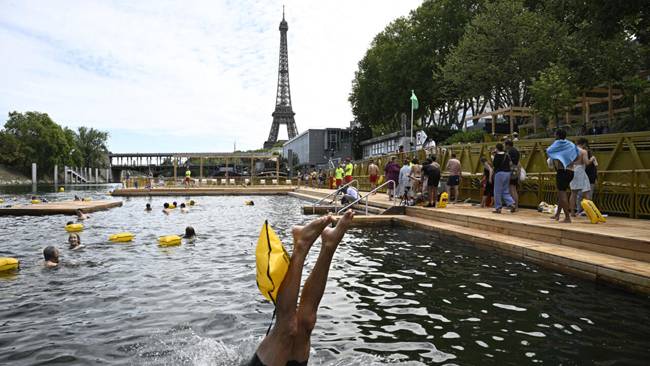
The Road Ahead
Paris plans additional swimming facilities along the Seine and Marne. Fourteen new areas will become operational later this summer. Officials will continue testing. They are hoping to make this a lasting Olympic and climate change legacy.
The Seine’s rebirth is more than a swim opportunity. It is a sign that Paris is working to revitalize its waterways. It is an example of how cities can balance heritage, health, and hot weather. Swimming in the Seine now seems on the horizon. Only time and clean water will tell if it can actually stick.
Stay tuned to Brandsynario for the latest news and updates






























